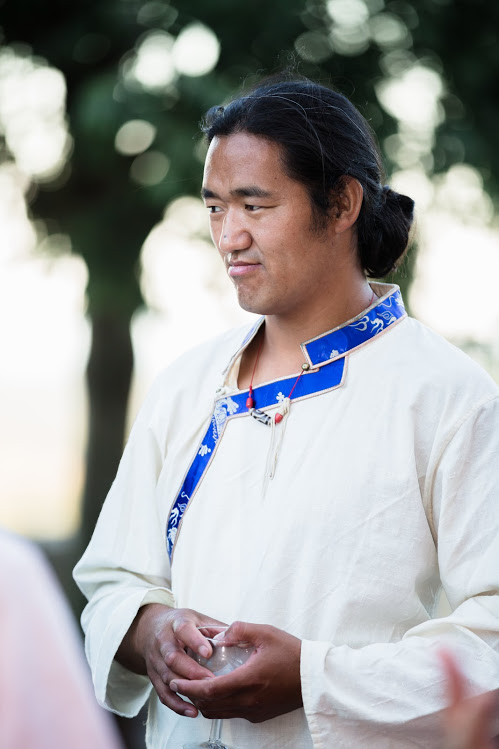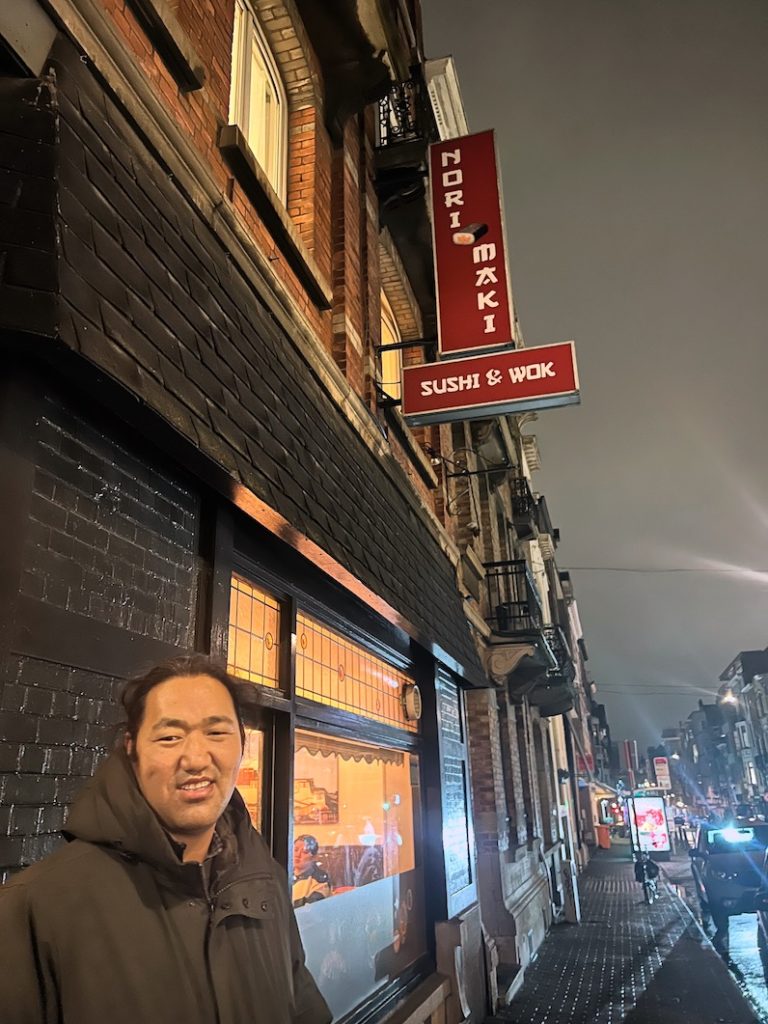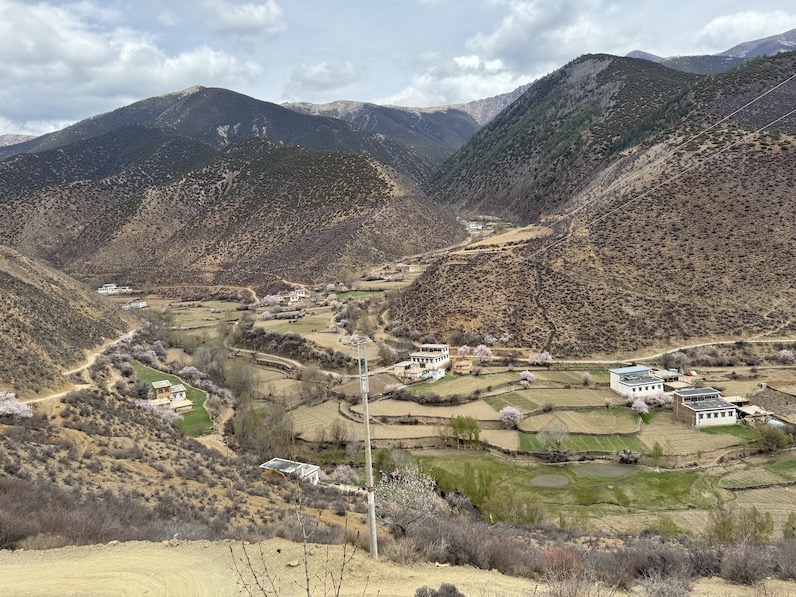
Do you think about food in terms of colour? In the west we talk often about eating greens, but there’s no other food type that is classified so broadly according to colour.
In Tibet, food is generally acknowledged to be either white or red, and traditionally people ate white food in the summer and red food in the winter. These days refrigeration gives people more options, but before electricity arrived on the plateau this way of eating was a case of consuming what was available.
Loosely speaking, white food refers to milk and other dairy products, which tend to be easily come by during the summer months, and red food refers to meat. Yak and sheep meat, air-dried in early winter, can be stored for long periods, making it a useful winter food.
And then there is black food. This food must be avoided by those who are meditating or engaged in purification practices. Black food includes meat, but also a number of ingredients that you might not expect: garlic, onions and eggs among them. These foods are considered to be over-stimulating to the nervous system, making it more difficult to engage in spiritual practice.
In Tibetan, which lacks a formal term for vegetarianism, people who exclude meat from their diet are known as people who eat white food. What then, would you call a vegan, I wonder? A rare phenomenon in Tibet, where dairy forms such a central part of the diet. Yeshi says he has no idea. A person who eats green food, perhaps?
#tastetibet #tibet #tibetanfood #vegetarian #meat #whitefood #redfood







